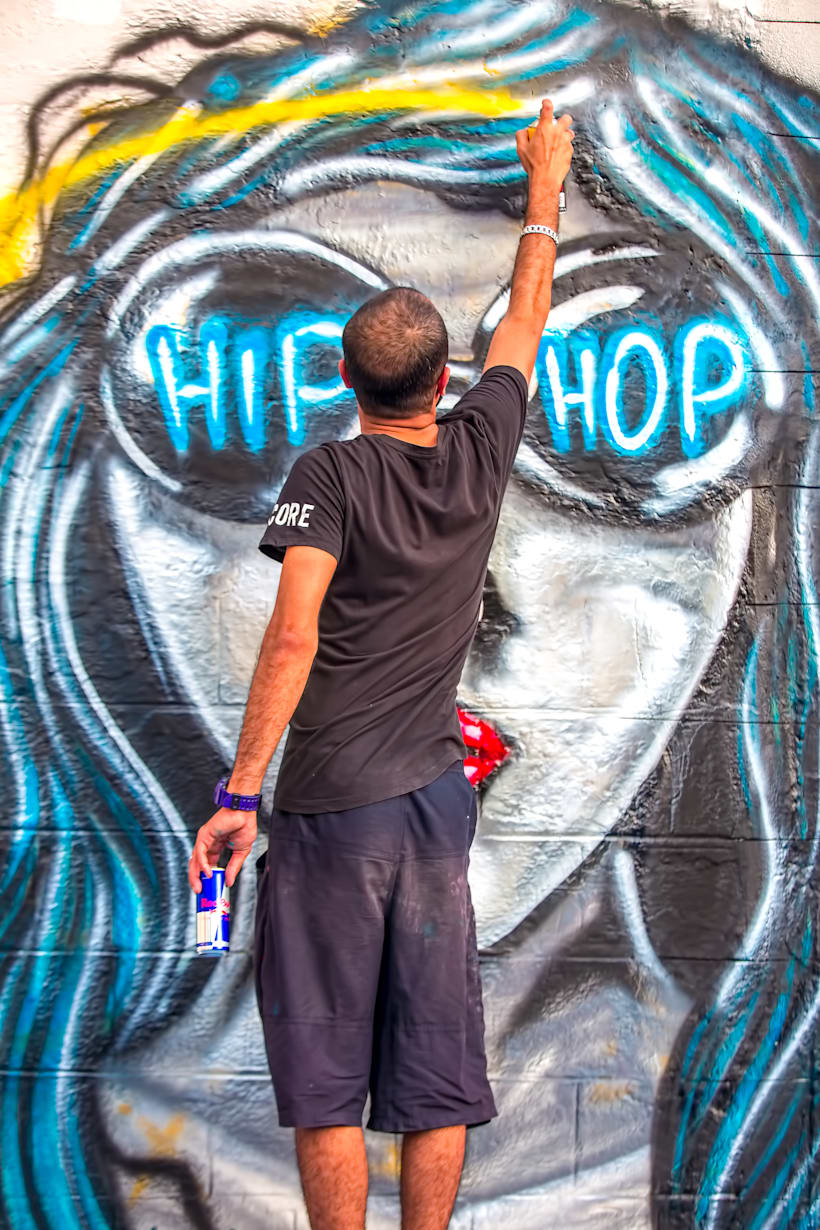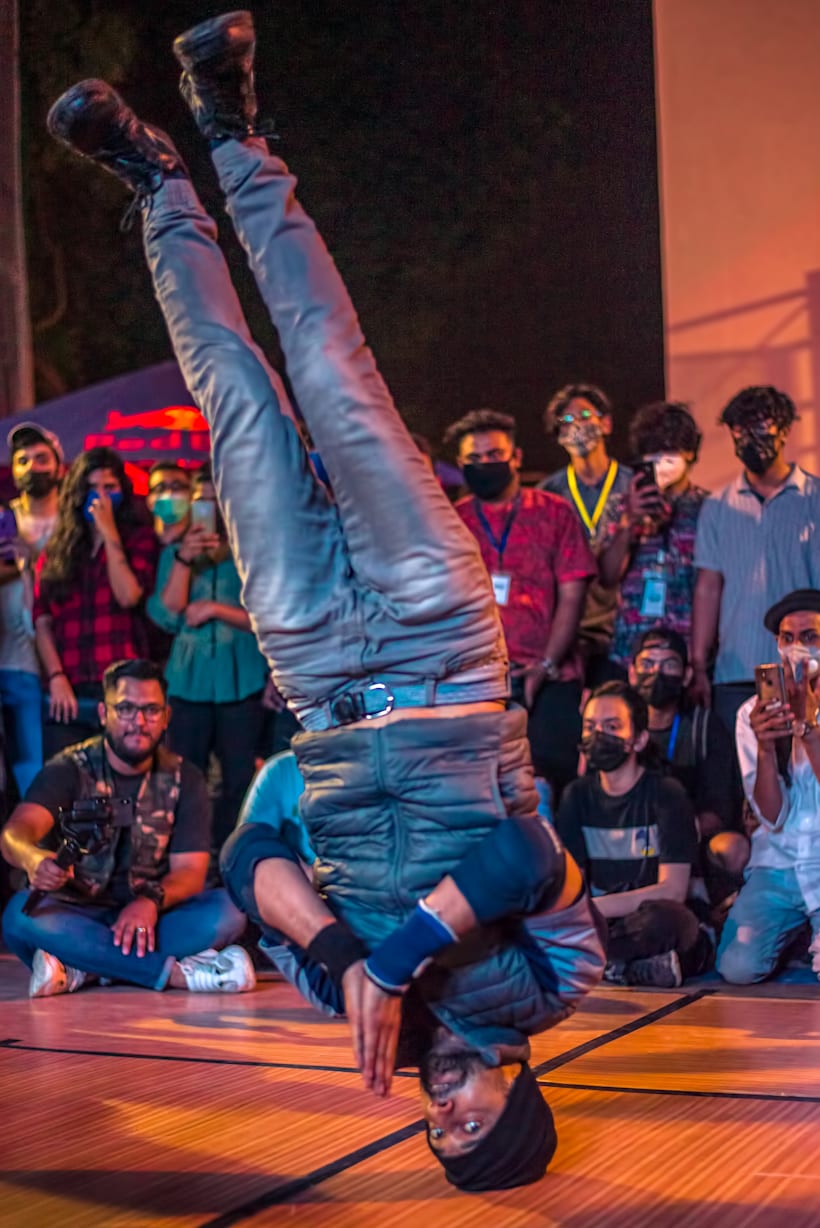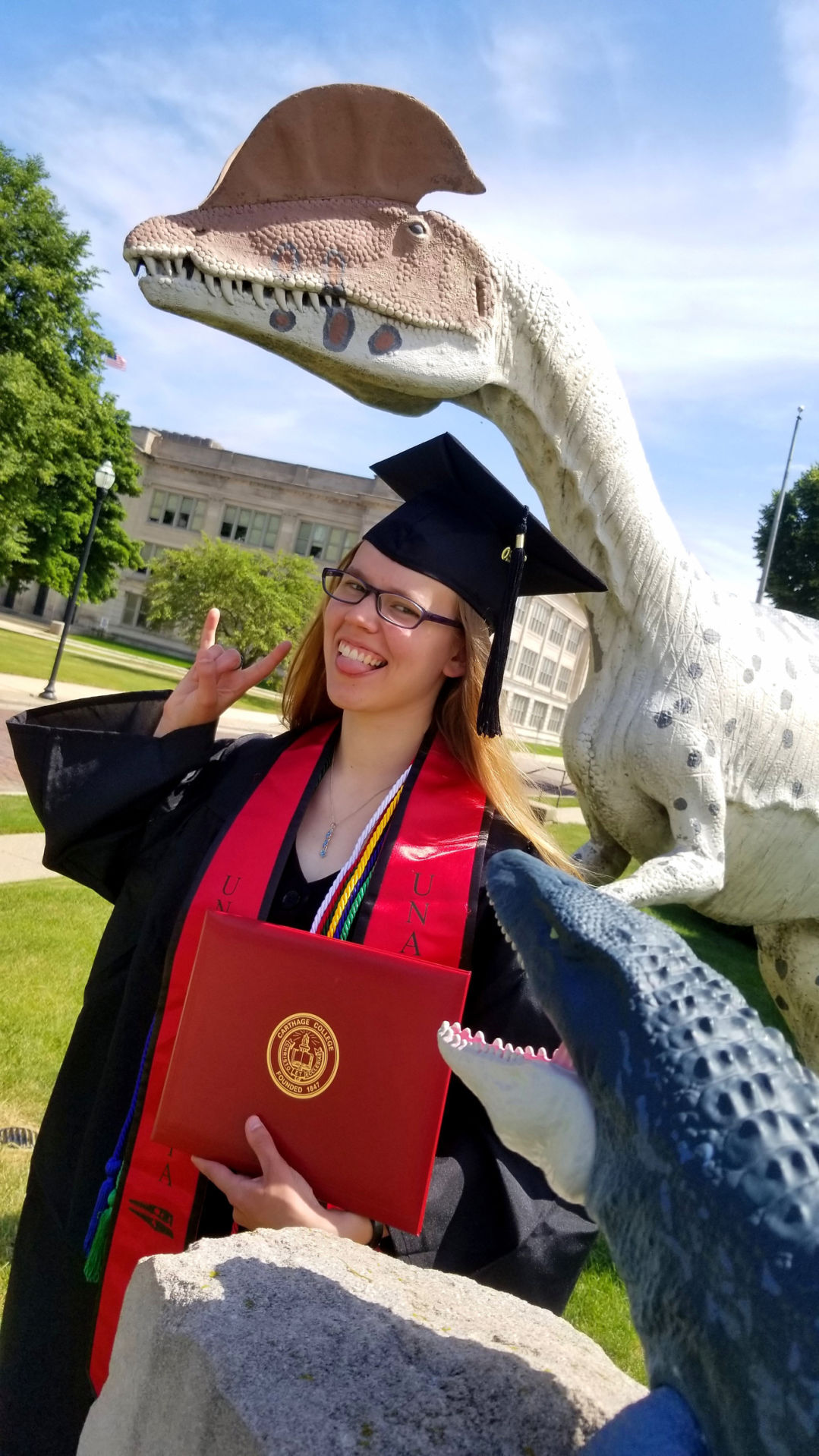By Michelle Ye Hee Lee
December 22, 2021
TOKYO — In North Korea, commercial banking was once seen as the ultimate capitalist institution. But under leader Kim Jong Un, it evolved into a topic of fascination and debate as the regime’s top thinkers weighed how to adopt a robust commercial banking system of their own, new research shows.
Kim, who marks his 10th anniversary in power this month, has allowed the development of some free-market enterprises in North Korea — an effort to bring his country out of its deep isolation and to modernize the economy of one of the poorest countries in the world.
In 2015, Kim signaled he would accelerate an overhaul of the state-run banking system, an effort that began under his father but that he doubled down on as he worked to distinguish himself and show that he was serious about improving the country’s economy.
North Korea heads into ‘tense’ winter: Closed borders and food supplies in question
In the years that followed, top thinkers grappled with the complexities of commercial banking systems, at times struggling to make sense of how North Korea, a socialist country, could adapt decidedly capitalist concepts, such as private residents’ banking accounts accruing interest, according to a new report released Wednesday by 38 North, a research program at the Washington-based Stimson Center think tank.
For the report, researchers pored over two decades of North Korea’s premier economic journals, whose articles are among the few sources that reflect current polices and directions, and whose publication has been discontinued since January. While banking was rarely mentioned in statements issued by state media, it was a hot topic behind the scenes, researchers found.
Because commercial banking is so closely associated with capitalism, many of the articles treaded carefully on the topic, researchers found. Still, over time, the regime’s top scholars began to justify adopting new measures, engaging in a vibrant academic discussion about ideas that were once forcefully condemned, they found.
“I was amazed by the level of discussion that was taking place in the academic journals, the extent to which concepts that were once considered too capitalist were being offered as viable options for North Korea,” said Rachel Minyoung Lee, a former intelligence analyst based in South Korea and co-author of the report.
“Commercial banks are one key example,” Lee said. “They were once defined by the North Korean encyclopedia as parasitic and predatory. Now, academic journals are trying to persuade readers why these once-demonized banks are necessary for improving the country’s economy.”
Among the most intense moments of debate came in 2018, the year Kim shifted to direct diplomacy with the United States and South Korea for negotiations on denuclearization and sanctions relief.
As Kim made his foray onto the world stage for high-profile summitry with South Korean President Moon Jae-in and President Donald Trump, economic articles focused on what it would look like to broaden the role of banks in the country — a timely debate when diplomatic engagement could open doors for new foreign investments in North Korea.
These articles help inform policymakers about the internal economic calculations and opportunities Kim may have had in mind as he raised tensions in 2016 and 2017 with nuclear tests, then switched to a period of rapprochement to negotiate an easing of sanctions, researchers said.
What’s happening inside North Korea? Since the pandemic, the window has slammed shut.
“This is a critical point that gets to a weakness in, certainly, U.S. intelligence and U.S. policy formation,” said Robert Carlin, co-author of the report, who is a former intelligence analyst and one of the foremost North Korean researchers in the United States. “We don’t follow closely enough in real time the depth of these economic developments and therefore can’t see, or refuse to see, the links between foreign policy and the internal economic policy.”
“If we can’t understand how these things are yoked, we’re never going to be able to probe and take advantage of the window of opportunity” for diplomacy, Carlin said.
North Korea had one, central bank until the 1970s. Back then, money was nearly irrelevant because the state provided what its citizens needed — for example, by providing ration cards.
But in the early 2000s, more state-run and foreign investor banks began to emerge as a private sector and markets were established in the wake of an economic crisis following the deadly famine in the 1990s. After the famine, North Korean people began trading and bartering to survive, and such private markets became key to the country’s economic recovery.
Under then-leader Kim Jong Il, North Korea officially allowed state-sanctioned markets. Academic journals began studying foreign banking systems, writing neutral and explanatory research that read like “Banking for Dummies,” the report reads. There was an effort to start commercial banking at the time, but a full-scale system never took off. The commercial banks that exist today are technically state-owned and are largely geared toward wealthy elites and party and state interests.
Ten years of Kim Jong Un, in photos: Nuclear tests, diplomacy ... and K-pop
With the recognition that economic reform is key to the long-term stability of his country and staying in power, Kim Jong Un has emphasized economic growth and enacted a new management system to enable the growth of private markets and businesses.
In 2015, Kim identified commercial banking as an area of potential growth, which prompted research and debate in the regime about whether and how to turn the idea into reality by decentralizing state control of banks, and increasing “creativity” in the banking system, research shows.
To be sure, there is a long way to go before North Korea can take on a banking overhaul. Since the nuclear negotiations fell apart in 2019, Pyongyang has retreated into isolation. During the coronavirus pandemic, North Korea has enacted a strict closure of its border, conducting dramatically less trade out of fear of spread of the virus and emphasizing self-reliance.
The North Korean banking system has also struggled with technical issues, including sometimes lacking electricity, and in the past, banks were not able to transfer money between each other or to any international financial institutions, said Peter Ward, a North Korean economy specialist who is not involved in this research project. There is distrust toward existing commercial banks, and wealthy elites who save money through them are not always guaranteed they can draw down money in the future, Ward said.
One of the reasons Kim may be interested in expanding the use of commercial banks is that the state could keep closer track of the flow of cash throughout the country, and get more people to save money in banks rather than stockpile it at home, Ward said. In addition, a more robust banking system would allow the state to redistribute that cash and use it for development projects, Ward said.
Read more:
Kim Jong Un shift from nuclear push to economy intensified internal debates in country, report says
North Korea has yet to begin coronavirus vaccinations as delays hamper U.N.-backed rollout
North Korea’s new sub-launched missile sign of diversifying nuclear arsenal, experts say



























